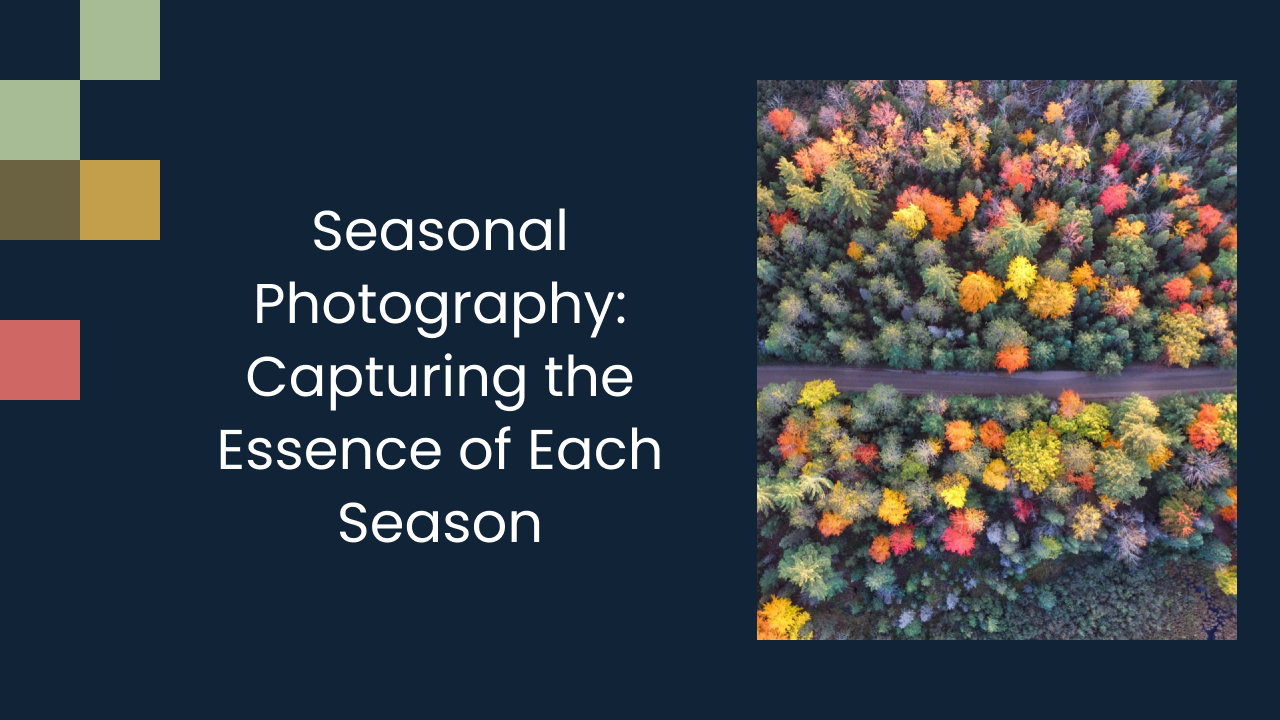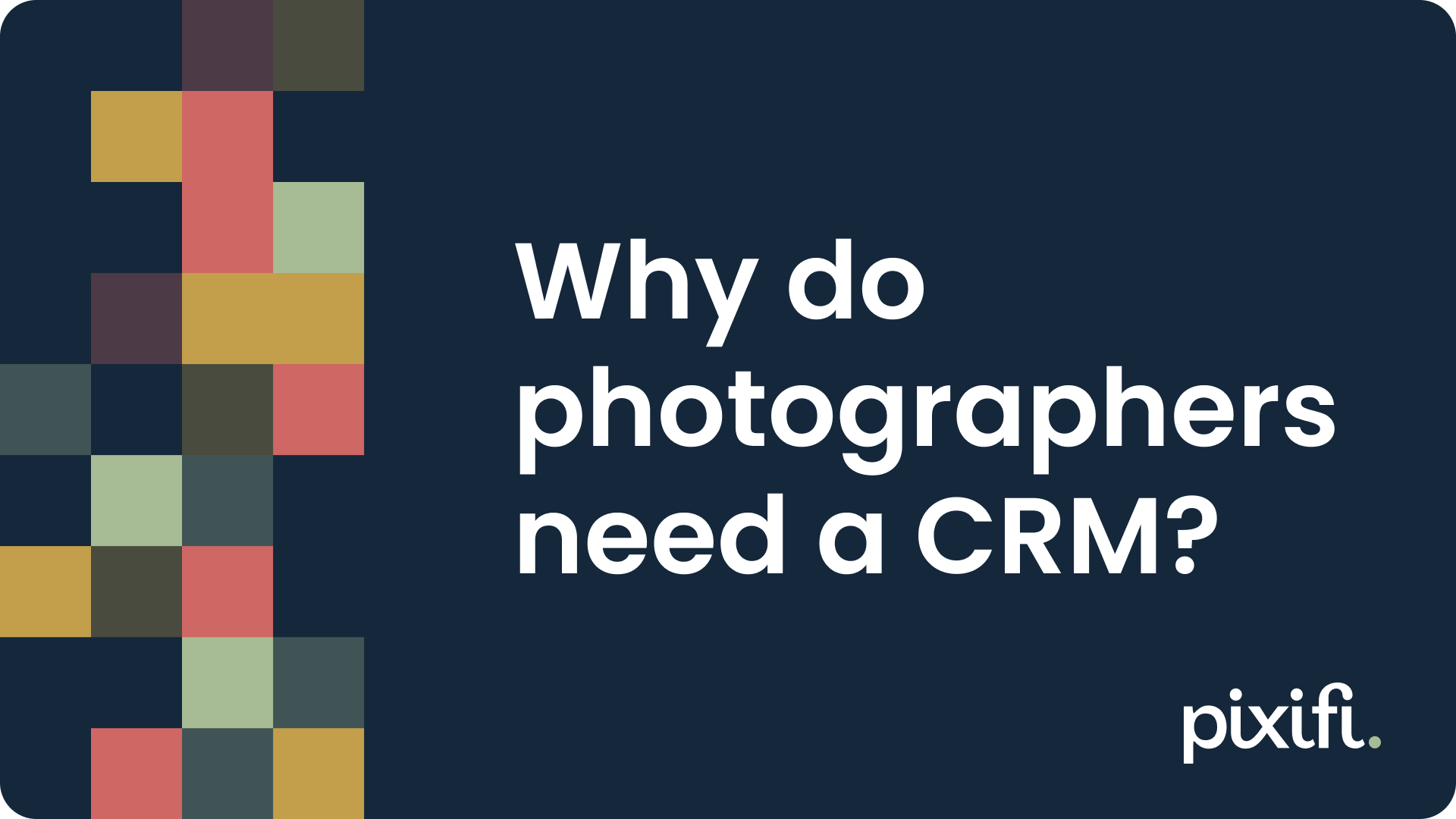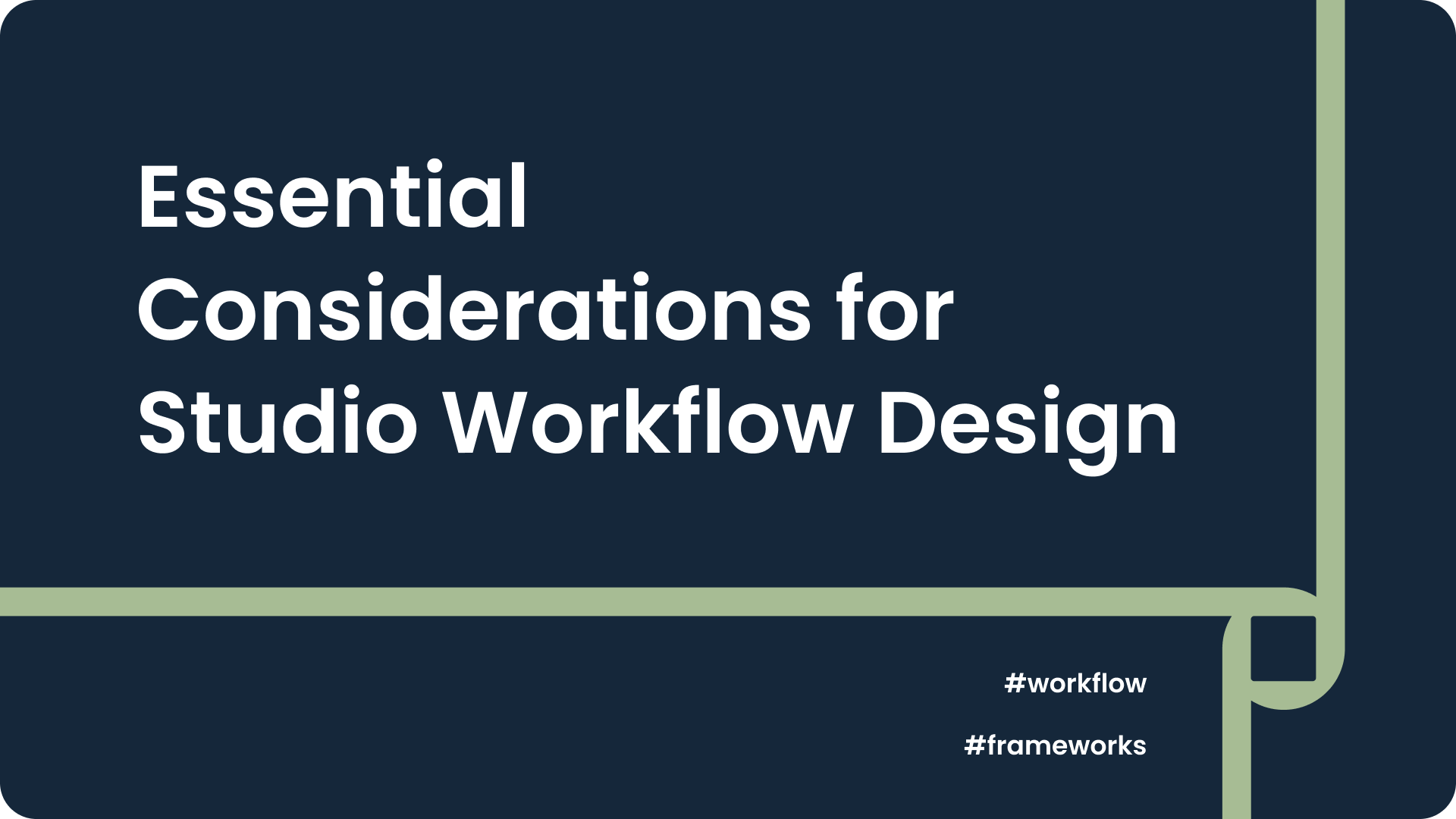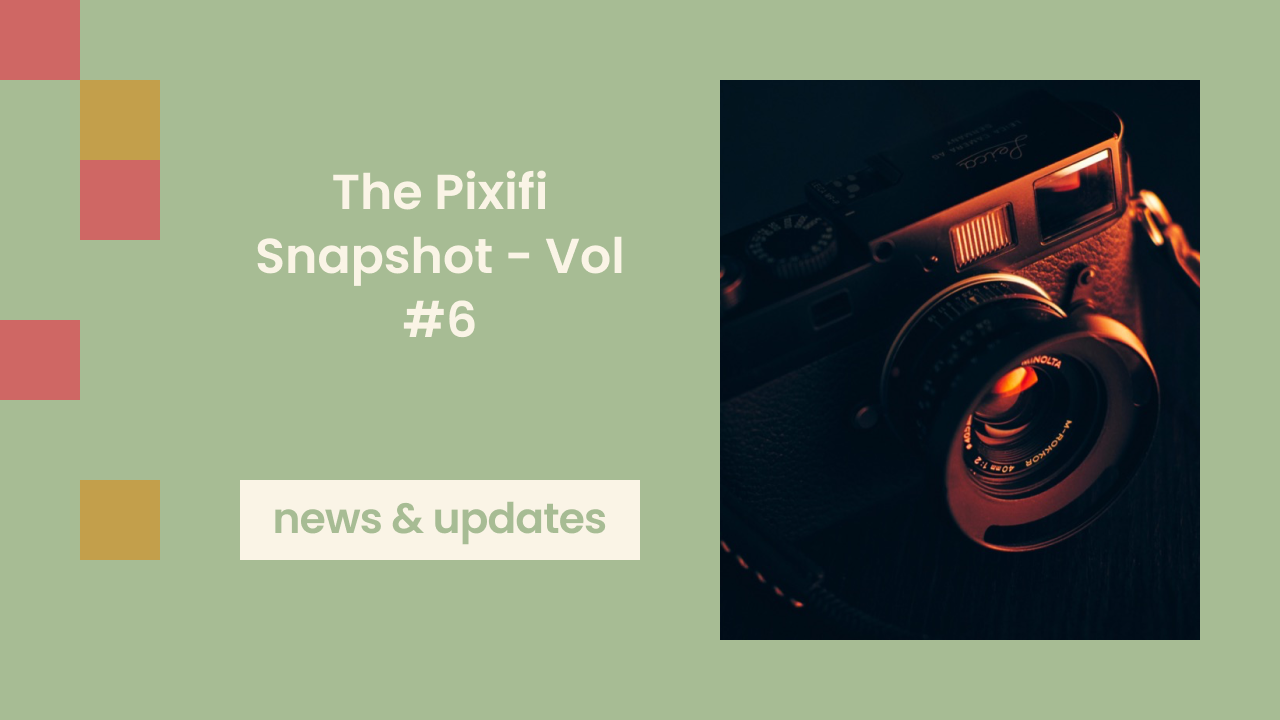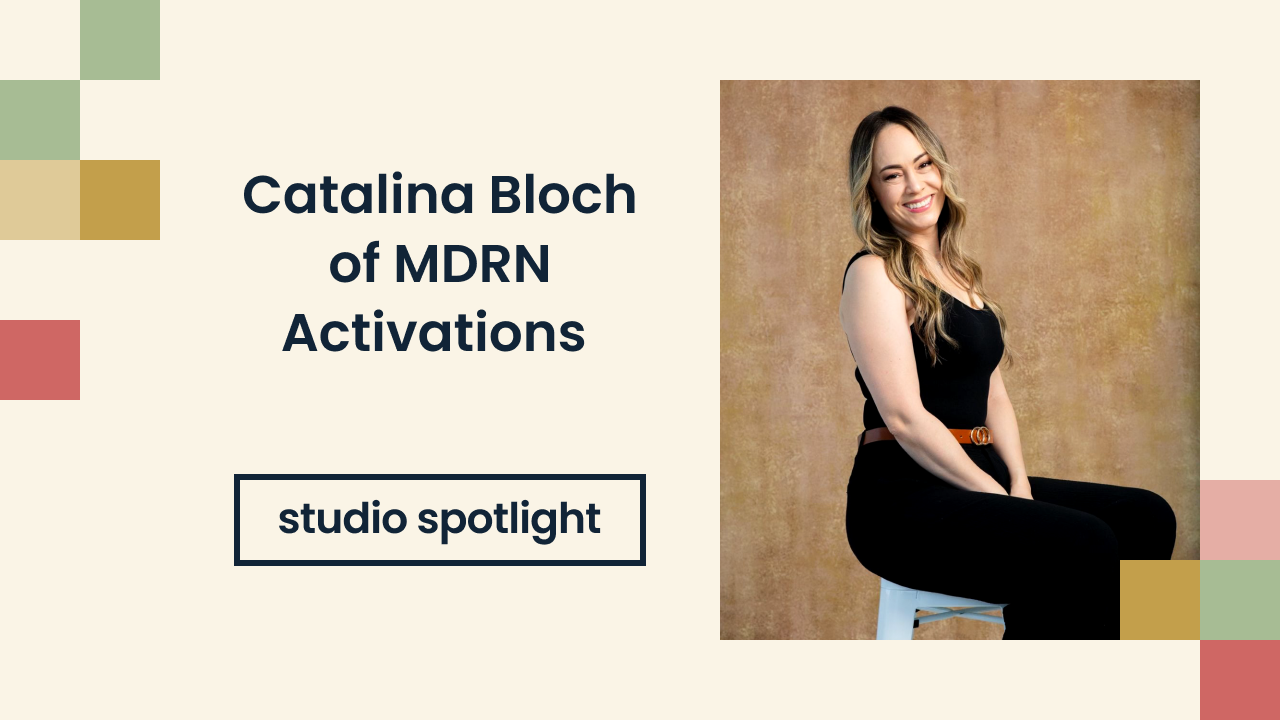Diversifying Income Streams for Photographers in the Gig Economy
In today's fast-paced and ever-changing world, the concept of work and income generation has evolved significantly. One prominent aspect of this evolution is the emergence of the gig economy. For photographers, understanding and adapting to the gig economy is crucial to ensure a stable and sustainable income. By diversifying their income streams, photographers can not only mitigate the risks associated with the gig economy but also maximize their earning potential.
Understanding the Gig Economy
The gig economy, also known as the freelance or on-demand economy, refers to the trend of temporary or project-based work arrangements. It has become increasingly prevalent with the advent of technology and the rise of online platforms that connect clients with independent workers. In the gig economy, photographers have the opportunity to work on a wide range of assignments, from event coverage to product photography.
Photographers in the gig economy often find themselves juggling multiple projects for various clients, requiring strong time management and organizational skills. They may need to be versatile in their photography styles to cater to different preferences and industries, showcasing their adaptability and creativity in each assignment. Additionally, networking and building relationships with clients are crucial in this fast-paced environment to secure repeat business and referrals.
The Rise of the Gig Economy
The gig economy has witnessed significant growth in recent years. With the increasing demand for flexible and cost-effective services, businesses and individuals are turning to independent professionals for their photography needs. This shift in the market dynamics has created a wealth of opportunities for photographers to showcase their skills and build a client base.
Furthermore, the rise of social media and online marketing has played a pivotal role in the expansion of the gig economy for photographers. Platforms like Instagram and Pinterest have become powerful tools for photographers to showcase their portfolios, attract potential clients, and engage with their audience. By leveraging these digital platforms effectively, photographers can increase their visibility and reach a wider market beyond their local area.
How the Gig Economy Impacts Photographers
For photographers, the gig economy offers both benefits and challenges. On the one hand, it provides access to a global marketplace and allows photographers to choose the projects they are passionate about. On the other hand, it brings intense competition and the need for continuous self-promotion to attract clients. As a result, photographers must adapt their business strategies to thrive in this dynamic environment.
Moreover, the gig economy has led to a shift in traditional employment models, with many photographers opting for freelancing or part-time gigs instead of full-time positions. This flexibility allows photographers to have greater control over their schedules and choose projects that align with their interests and expertise. However, it also means they have to navigate the uncertainties of inconsistent income and the lack of benefits that come with traditional employment.
The Importance of Diversifying Income Streams
Relying solely on a single income source is risky in the gig economy. As projects can be unpredictable and clients may come and go, diversifying income streams is essential for photographers to safeguard against potential income fluctuations and maintain financial stability.
Photographers often find themselves navigating a dynamic and competitive market where adaptability is key to long-term success. Embracing the concept of diversifying income streams not only provides financial security but also opens up avenues for creativity and professional growth. By exploring various revenue sources, photographers can expand their skill sets, reach new audiences, and stay ahead of industry trends.
The Benefits of Multiple Income Streams
Having multiple income streams can provide photographers with a more stable and reliable source of income. By diversifying their offerings, photographers can tap into different market segments and cater to a variety of client needs. This not only helps mitigate the impact of seasonal or industry fluctuations but also provides more opportunities for growth and income generation.
Moreover, diversification can enhance a photographer's reputation and visibility within the industry. By offering a range of services such as event photography, portrait sessions, and stock image licensing, photographers can position themselves as versatile professionals capable of meeting diverse customer demands. This versatility not only attracts a broader client base but also fosters long-term relationships built on trust and quality.
Risks of Single Income Source
Relying on a single income source leaves photographers vulnerable to potential risks. If that sole income source becomes unstable or outdated, photographers may find themselves in a precarious financial situation. By diversifying their income streams, photographers can reduce this risk and create a more sustainable livelihood.
Furthermore, diversification can act as a buffer against external market forces that may impact a photographer's primary source of income. Economic downturns, changes in consumer behavior, or technological advancements can all influence the demand for photography services. By diversifying income streams, photographers can adapt to these shifts more effectively and maintain a steady revenue stream even in challenging times.
Different Income Streams for Photographers
Photographers have a multitude of options when it comes to diversifying their income streams. By exploring various avenues, they can not only boost their earnings but also expand their reach and influence within the photography industry.
Selling Stock Photos
One of the most popular and potentially lucrative income streams for photographers is selling stock photos. Through numerous online platforms, photographers can upload their images and license them for commercial use. This passive income source provides long-term earning potential, allowing photographers to receive royalties even after the initial sale. It's a great way for photographers to monetize their existing work and reach a broader audience.
Photography Workshops and Courses
Another rewarding income stream for photographers is conducting photography workshops and courses. Whether it's through in-person workshops or online classes, photographers can share their knowledge and expertise with aspiring enthusiasts. By teaching various photography techniques and skills, photographers not only earn a fee for their services but also establish themselves as authorities in the field. This interaction with students can also lead to valuable networking opportunities and collaborations.
Affiliate Marketing for Photography Gear
Photographers can further diversify their income by delving into affiliate marketing for photography gear. By leveraging their expertise and influence, photographers can partner with camera gear companies to promote products or services using customized affiliate links. For every purchase made through their referral, photographers earn a commission. This income stream is particularly beneficial for photographers with a strong online presence and a dedicated following, as they can recommend products they genuinely believe in to their audience.
Maximizing Income in the Gig Economy
While diversifying income streams is essential, photographers must also focus on maximizing their earnings within the gig economy itself. By implementing effective pricing strategies and building a strong online presence, photographers can increase their visibility and attract higher-paying clients.
One key aspect that photographers often overlook when trying to maximize their income in the gig economy is the importance of networking. Building relationships with other professionals in related fields, such as event planners, marketing agencies, or even fellow photographers, can lead to valuable referrals and collaborations that can boost income opportunities. Attending industry events, joining online photography communities, and participating in workshops are great ways to expand one's network and open doors to new income streams.
Pricing Strategies for Gig Economy Photographers
Setting the right prices for photography services is crucial for earning a fair income. Photographers should consider factors such as their skill level, experience, market demand, and the value they bring to clients. Researching industry standards and competitor rates can help photographers find a balance between attracting clients and ensuring their services are adequately compensated.
Another effective pricing strategy for gig economy photographers is to offer tiered packages that cater to different client needs and budgets. By providing options that range from basic services to premium packages with added value, photographers can appeal to a wider range of clients and increase their overall earnings. Additionally, implementing seasonal promotions, referral discounts, or loyalty programs can incentivize repeat business and generate a steady income flow throughout the year.
Building a Strong Online Presence
In the gig economy, having a strong online presence can significantly impact a photographer's income potential. A well-designed website, a professional portfolio, and an active presence on social media platforms can help photographers showcase their work, attract clients, and build a reputable brand. Engaging with the online photography community and leveraging digital marketing strategies can further enhance visibility and create opportunities for income growth.
Moreover, investing in search engine optimization (SEO) techniques can improve a photographer's online visibility and make it easier for potential clients to find their services. By optimizing website content with relevant keywords, creating informative blog posts, and obtaining backlinks from reputable sources, photographers can increase their chances of appearing higher in search engine results, ultimately driving more traffic to their website and generating more income opportunities.
Navigating Challenges in the Gig Economy
While the gig economy offers immense opportunities, it also comes with its own set of challenges. By understanding and proactively addressing these challenges, photographers can navigate through the gig economy with greater ease.
Dealing with Inconsistent Income
One of the significant challenges in the gig economy is the potential for inconsistent income. Photographers may experience periods of high demand followed by lulls in work. To mitigate this, photographers can establish a financial safety net by setting aside a portion of their earnings during busy periods. Additionally, they can explore complementary income streams, such as photography-related side gigs or part-time work, to bridge the income gap during quieter periods.
Overcoming Competition in the Gig Economy
Competition is fierce in the gig economy, and photographers must differentiate themselves to stand out. Building a strong portfolio, continually improving skills, and offering unique services or specializations can help photographers establish themselves as experts in their niche. Networking with other photographers, collaborating on projects, and actively seeking client testimonials can also contribute to building trust and credibility, setting photographers apart from the competition.
By embracing the gig economy and diversifying their income streams, photographers can adapt to the changing landscape of work and create a sustainable livelihood. By continually refining their craft, leveraging digital platforms, and staying abreast of industry trends, photographers can unlock the full potential of the gig economy and secure their financial future.
Looking for an easier way to manage and grow your studio? Experience a platform built by a photographer, for photographers. Try it free for 2 weeks.


